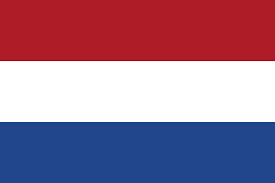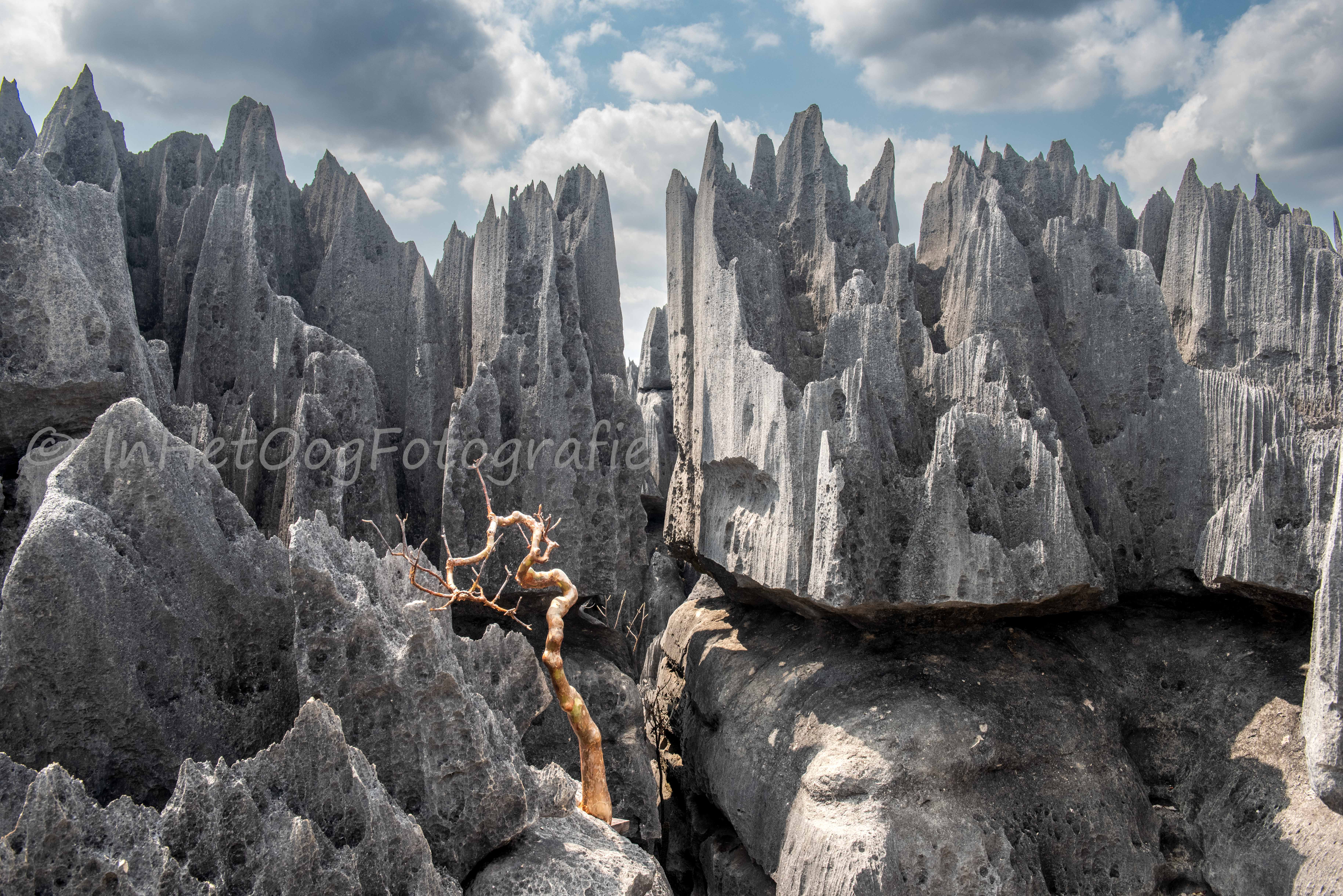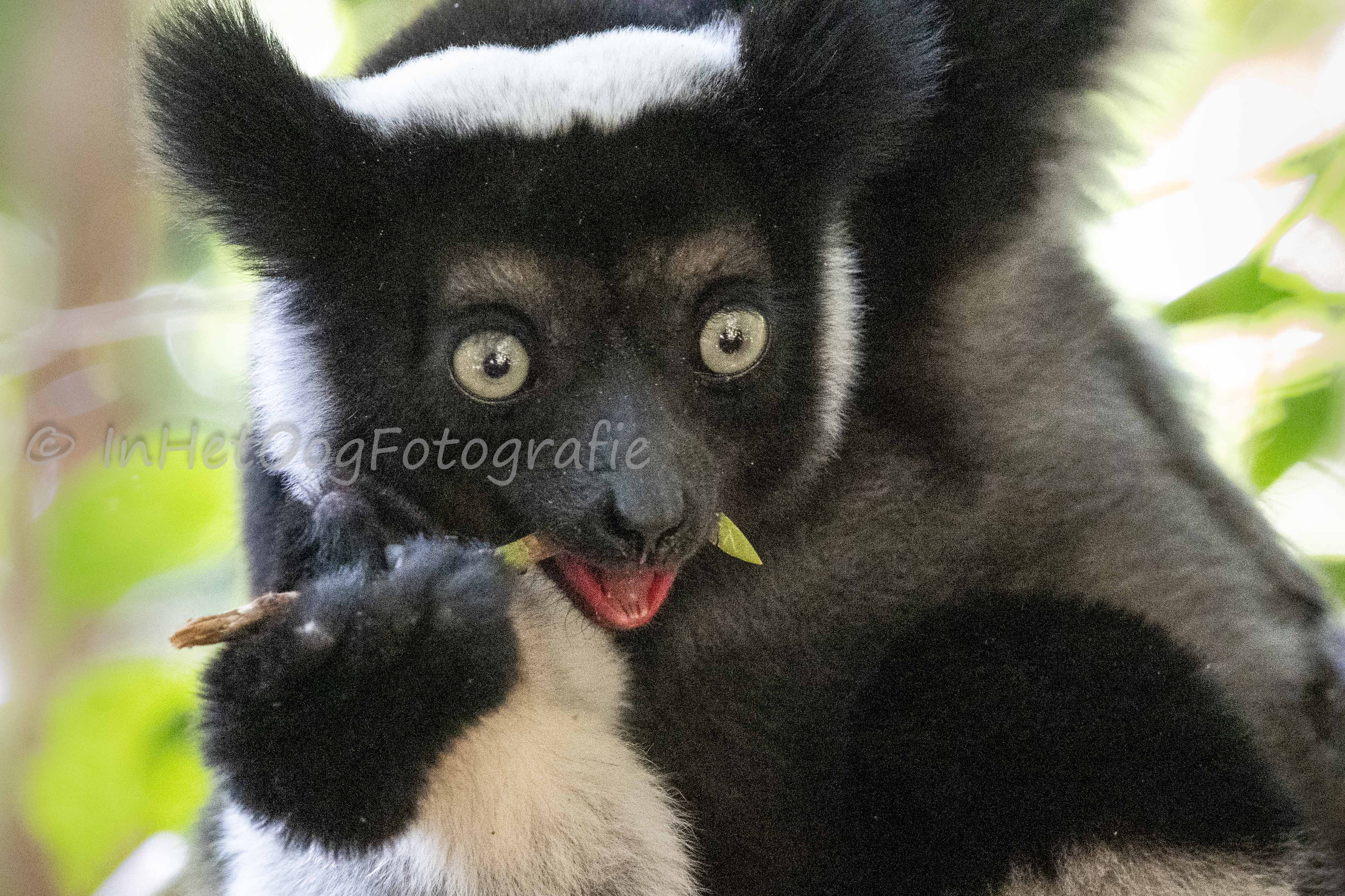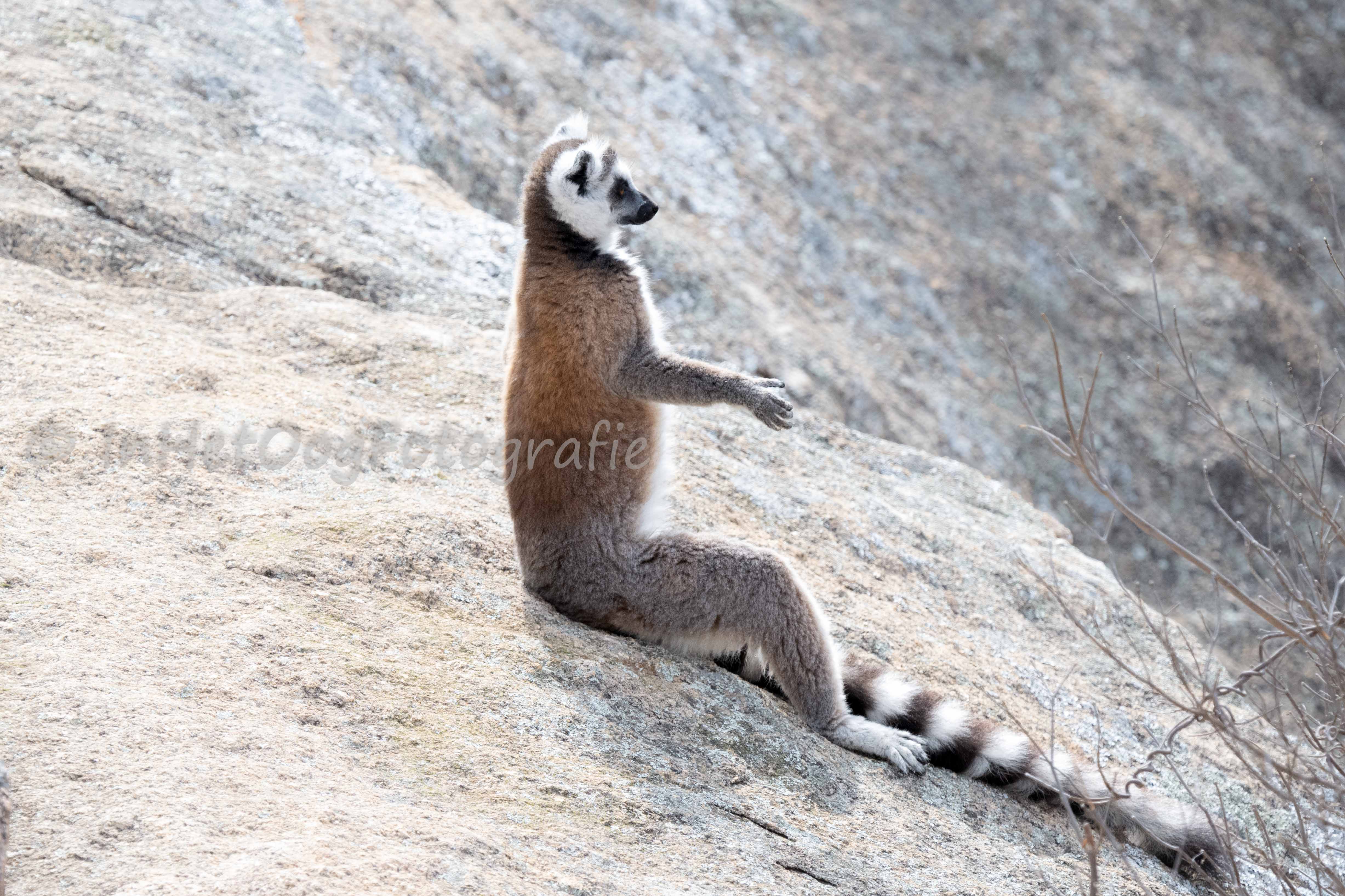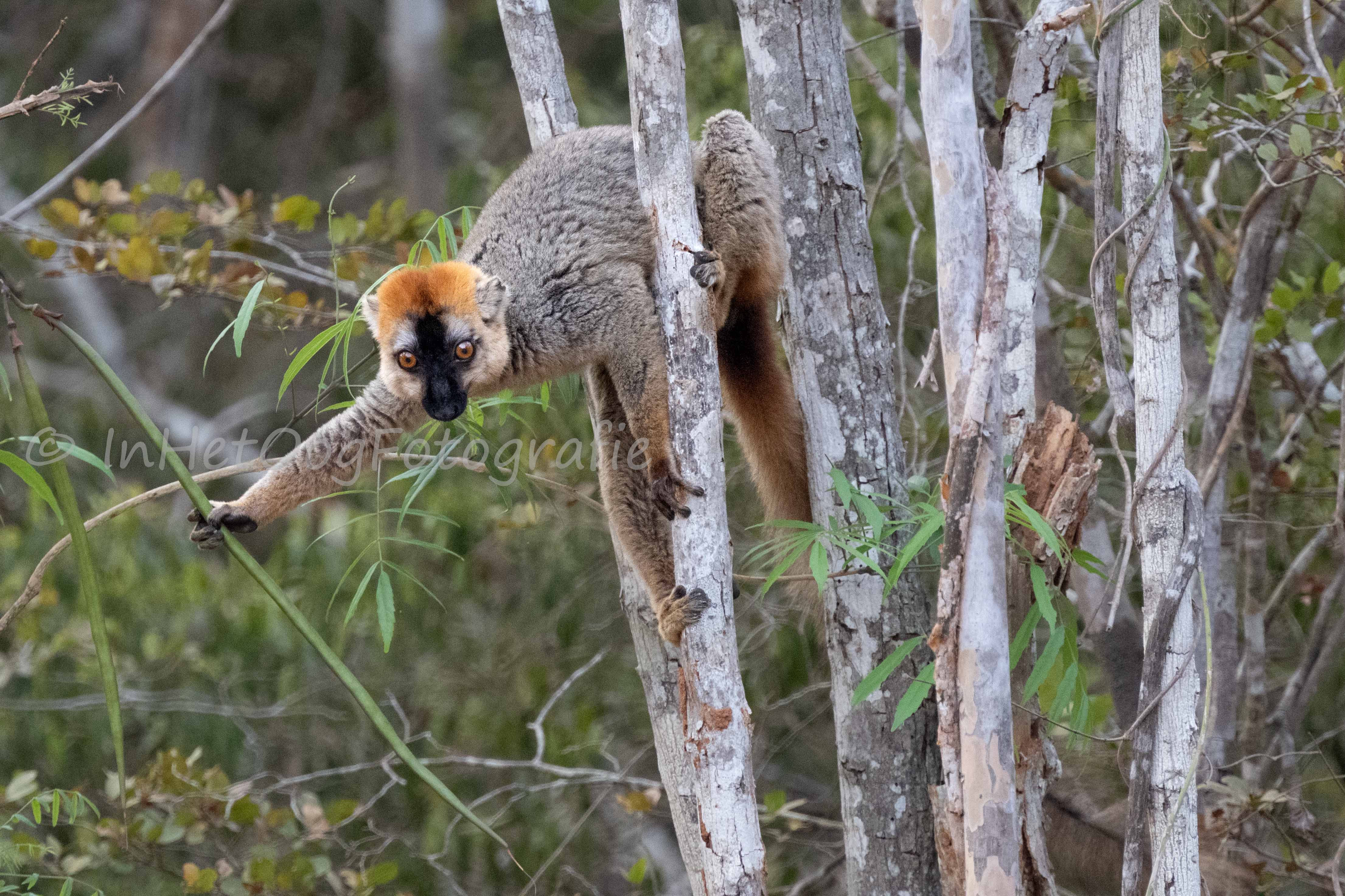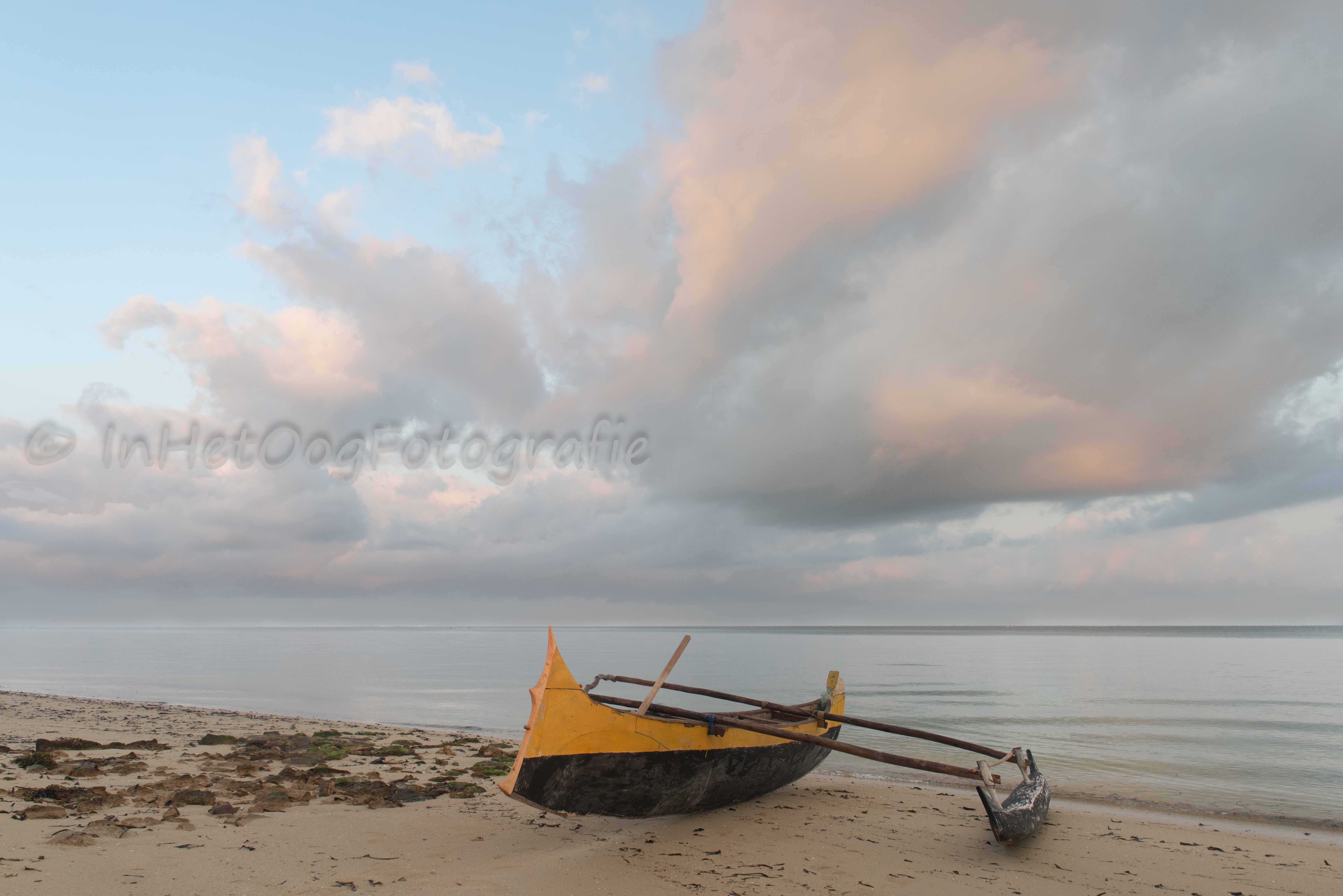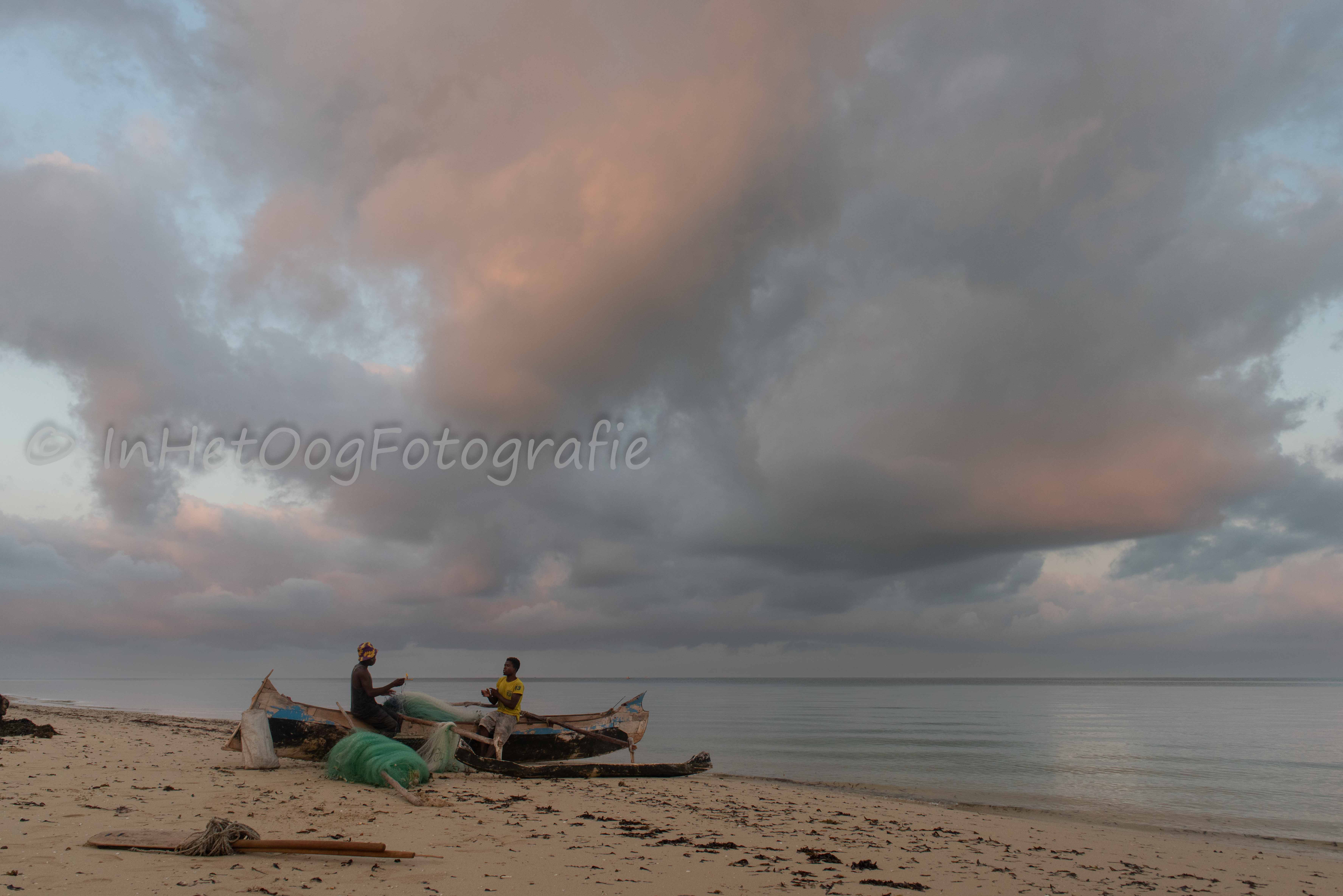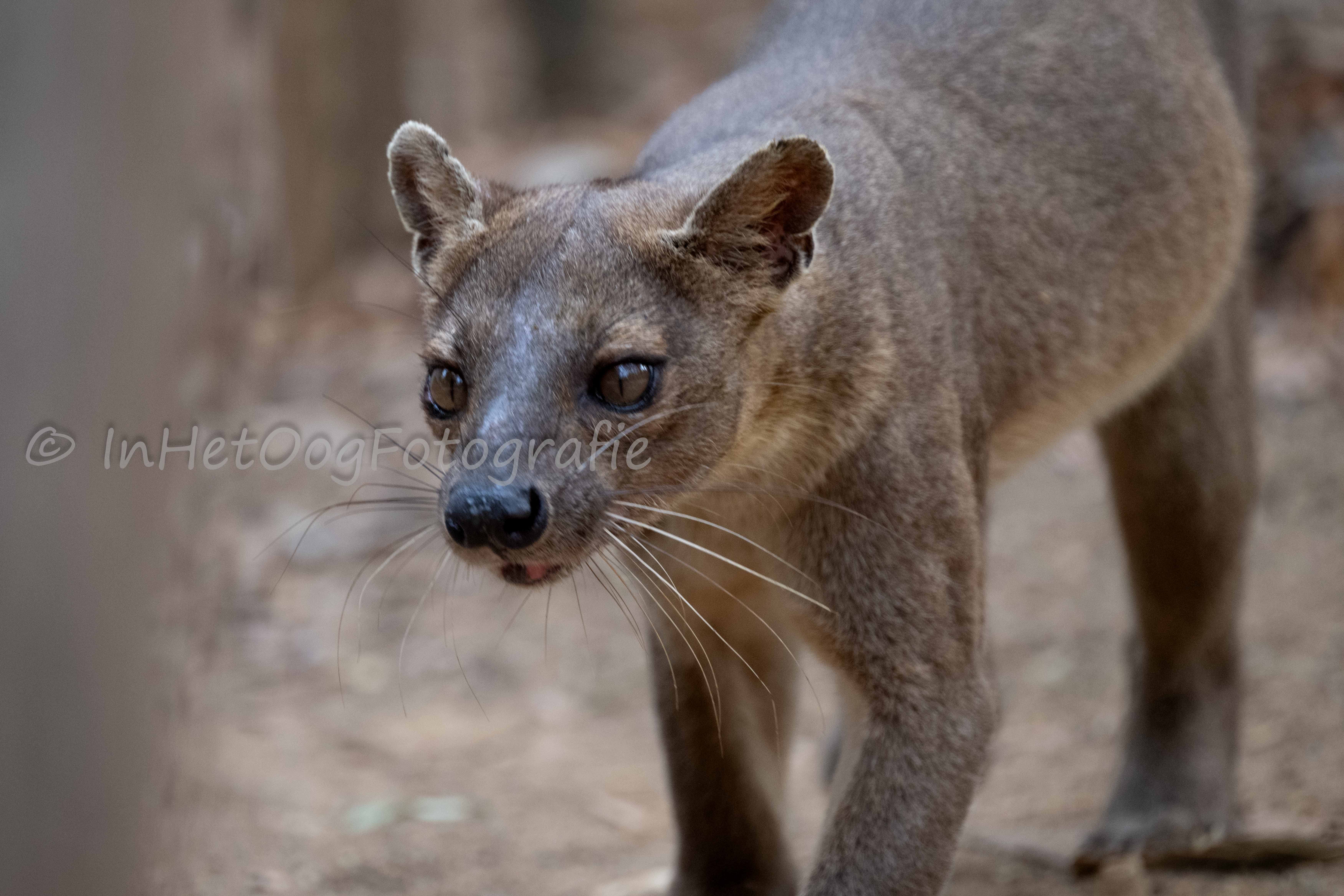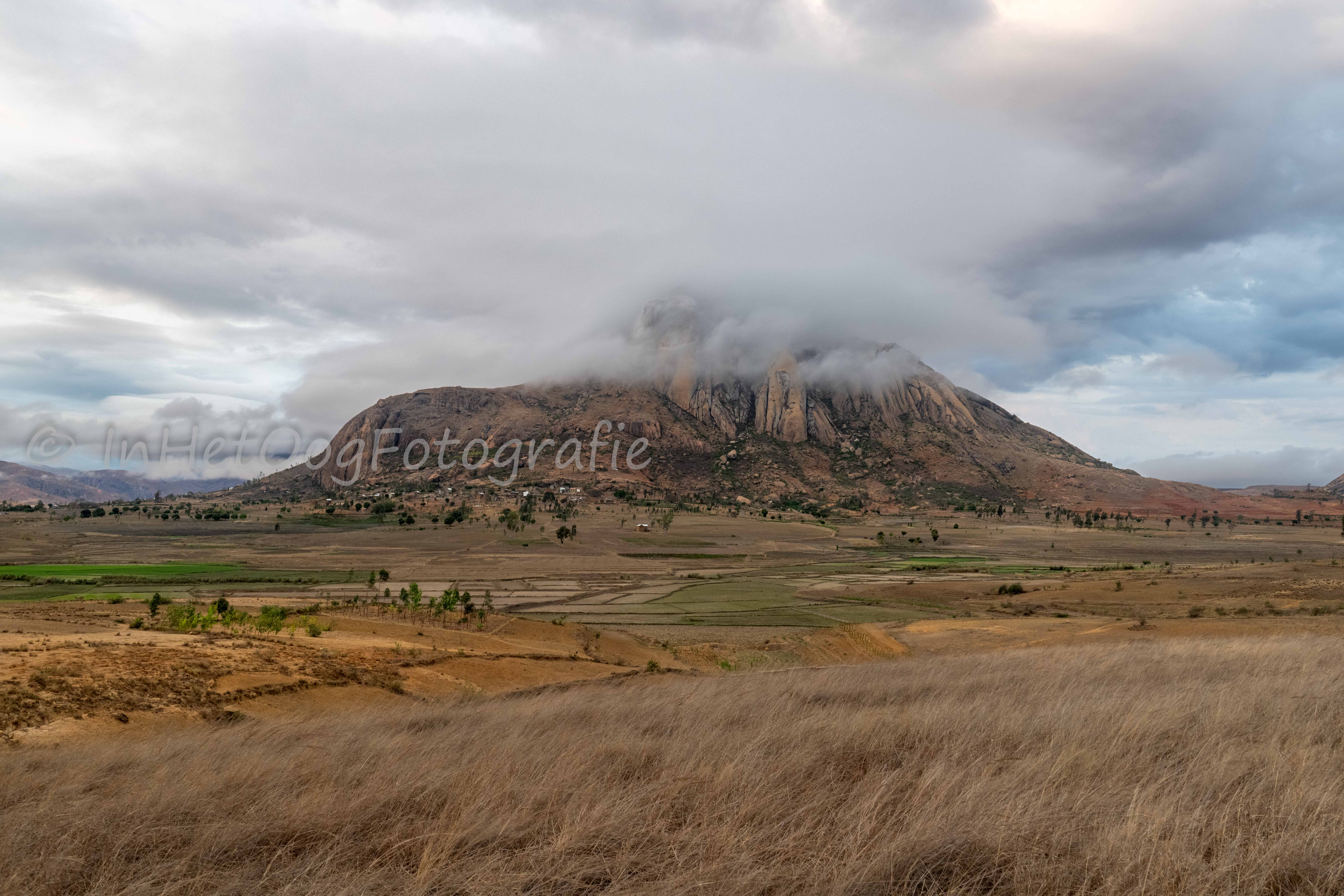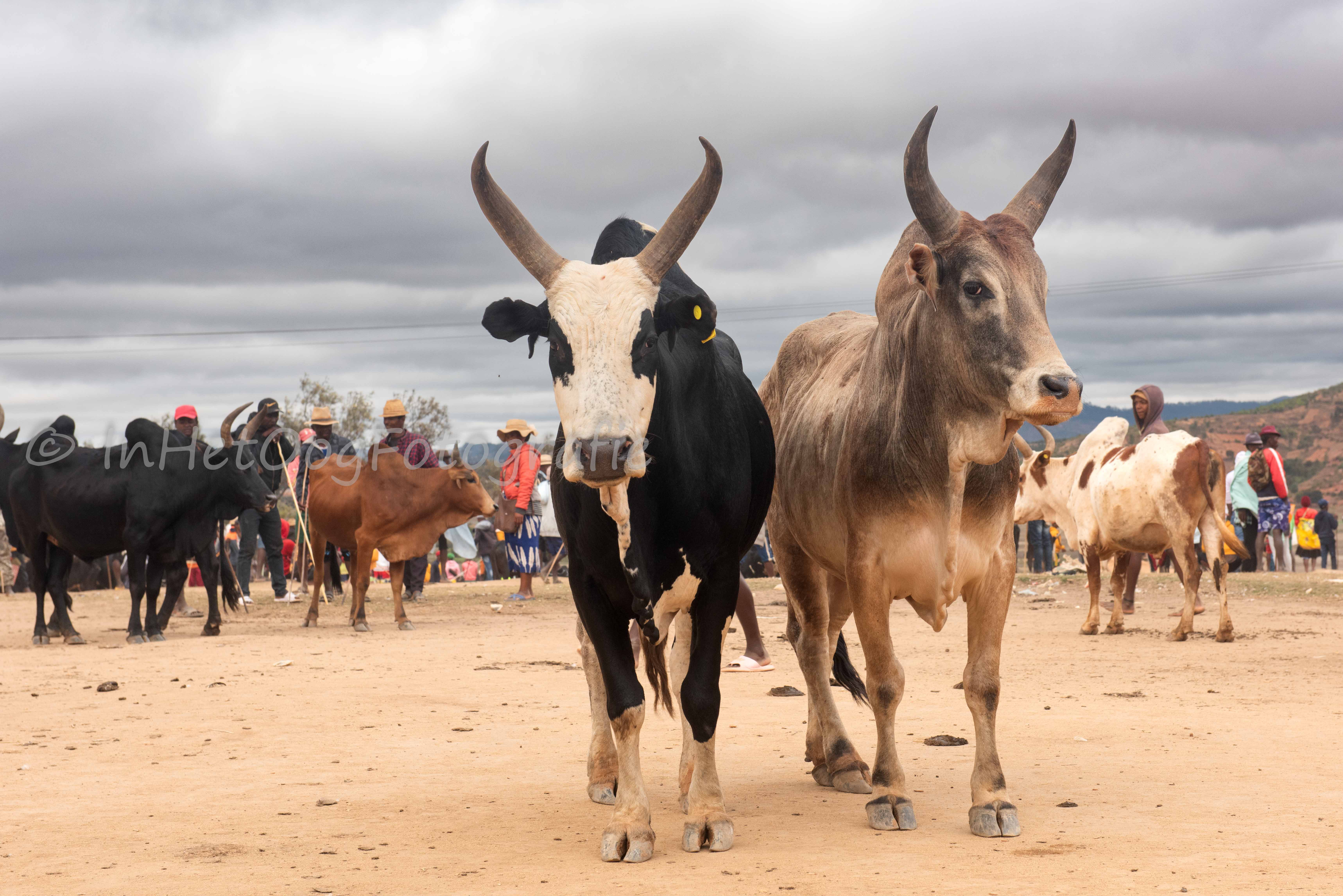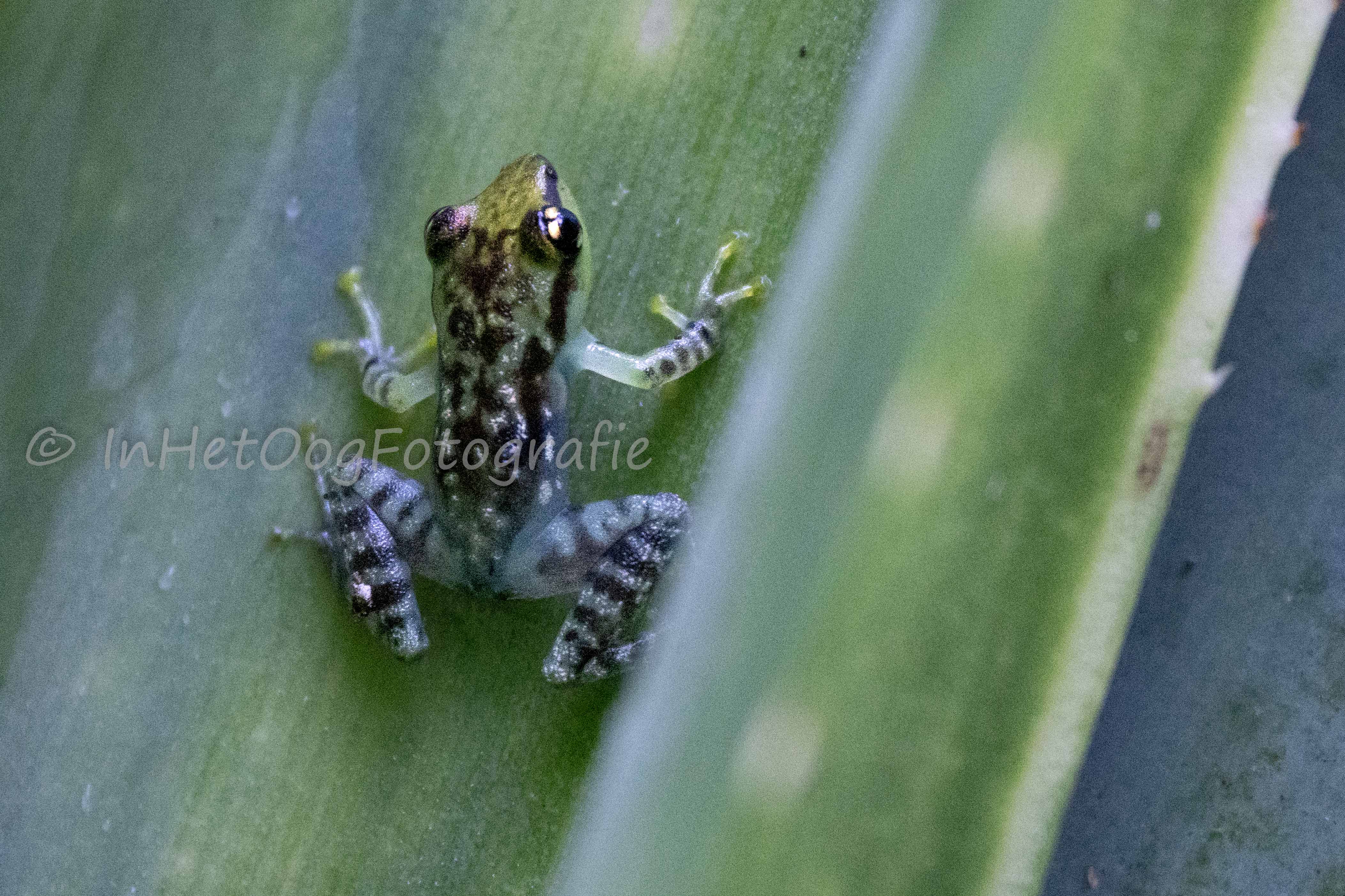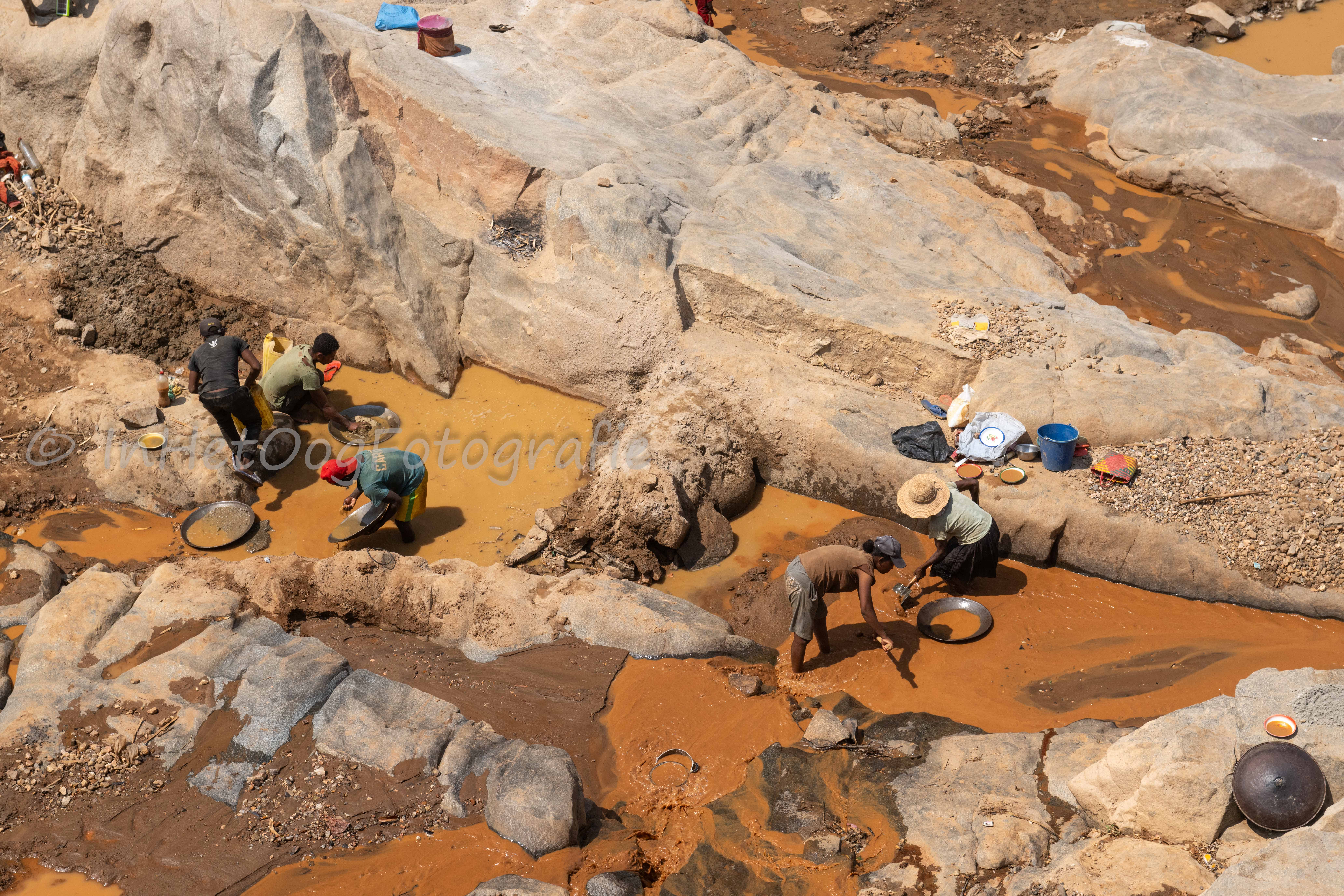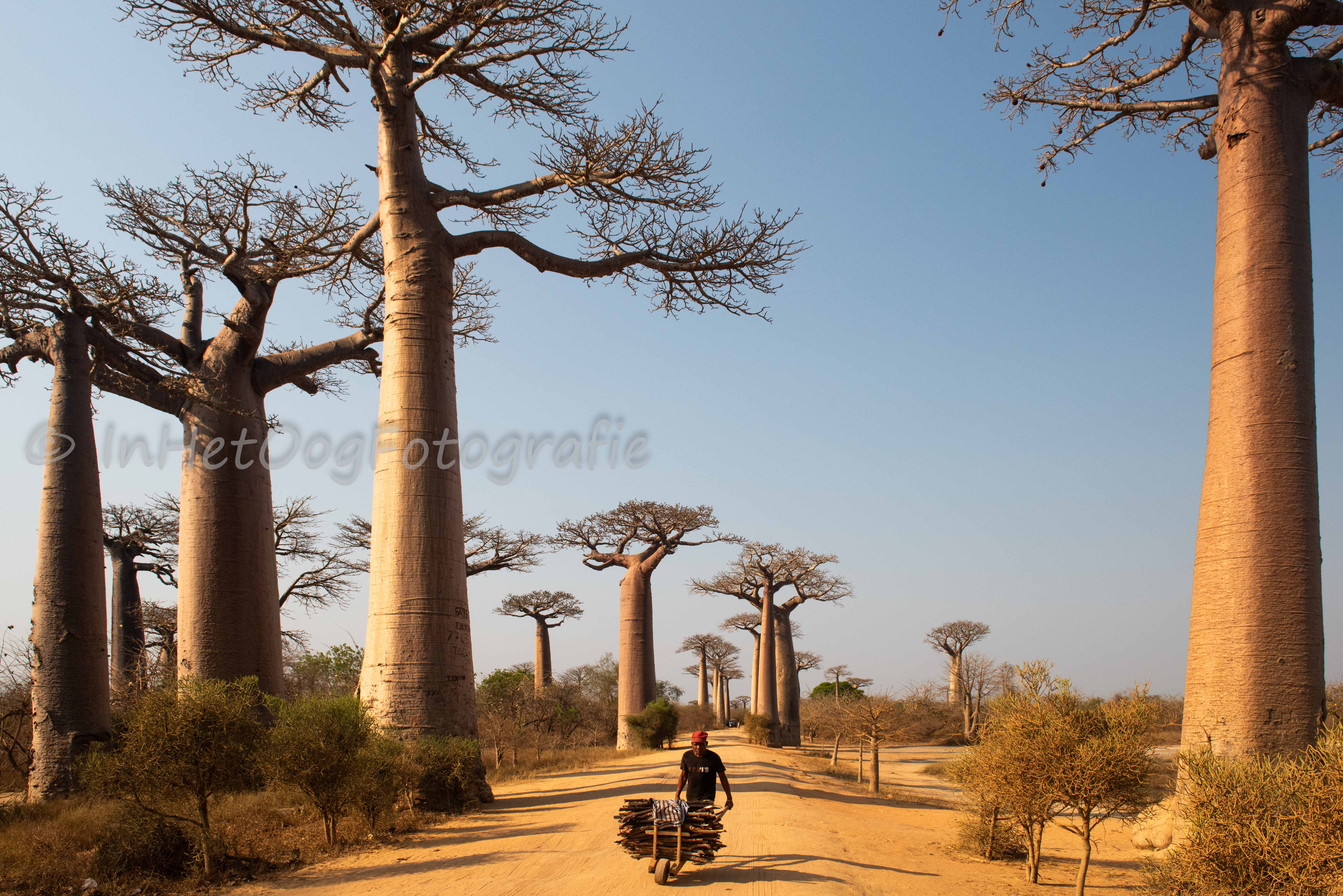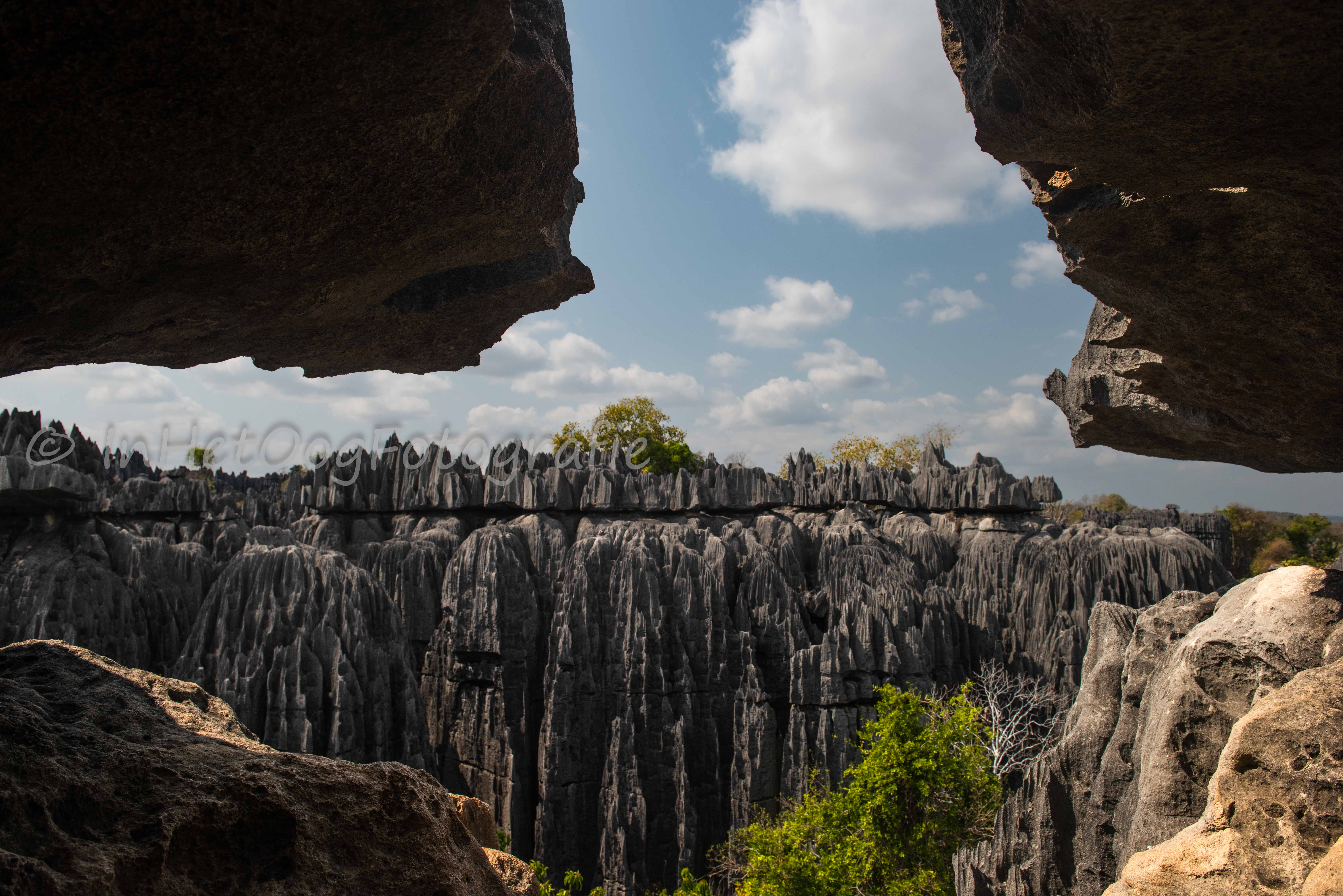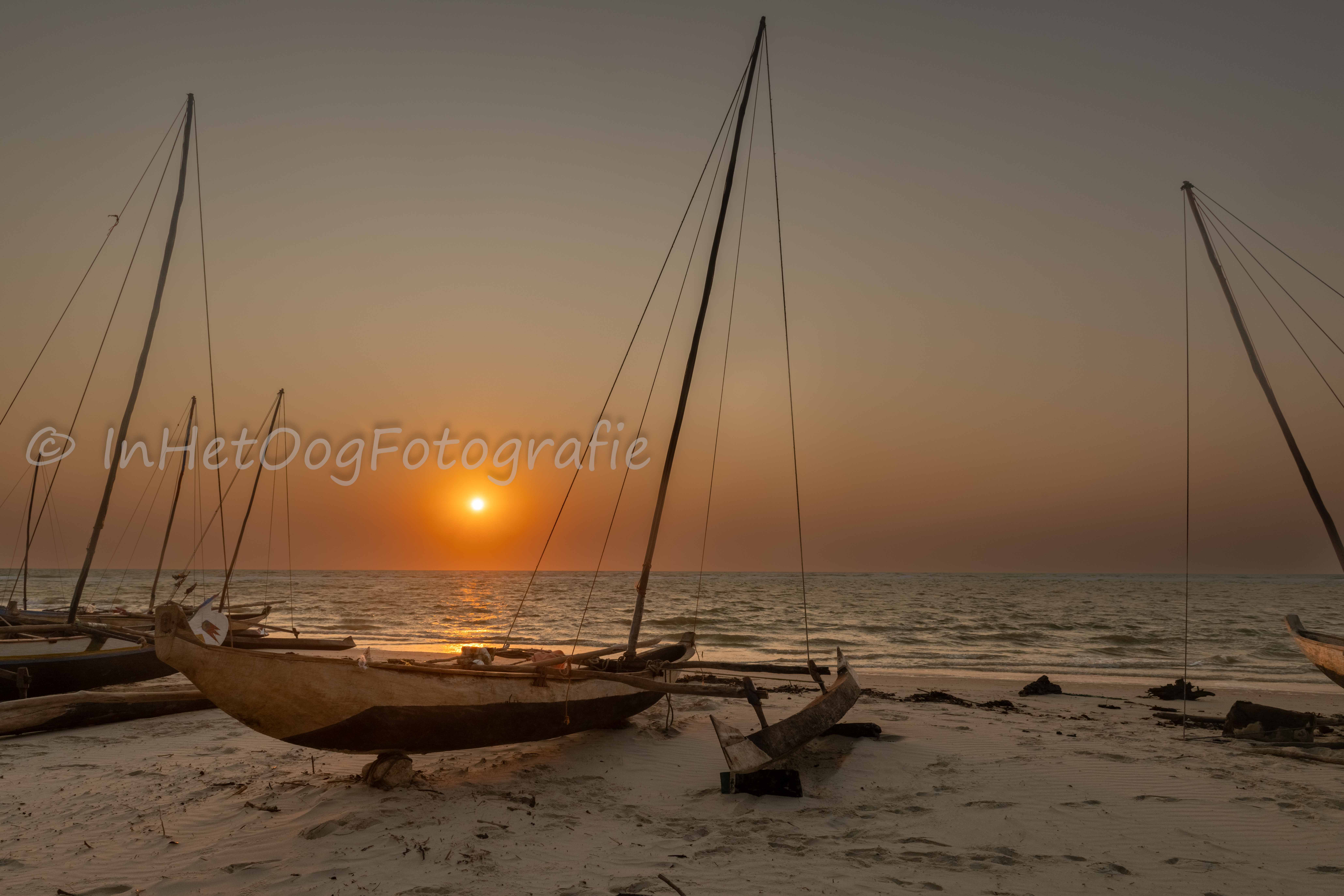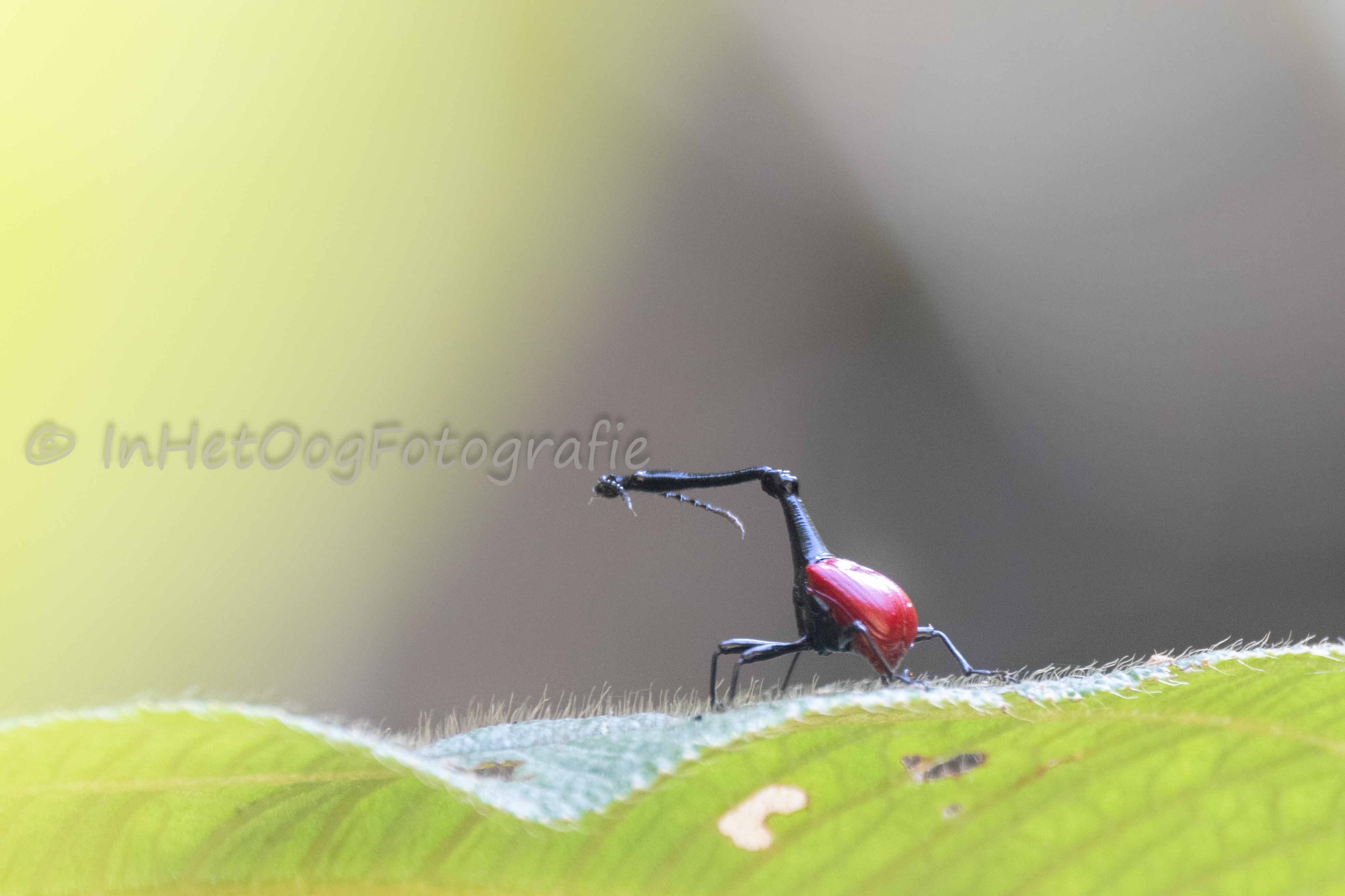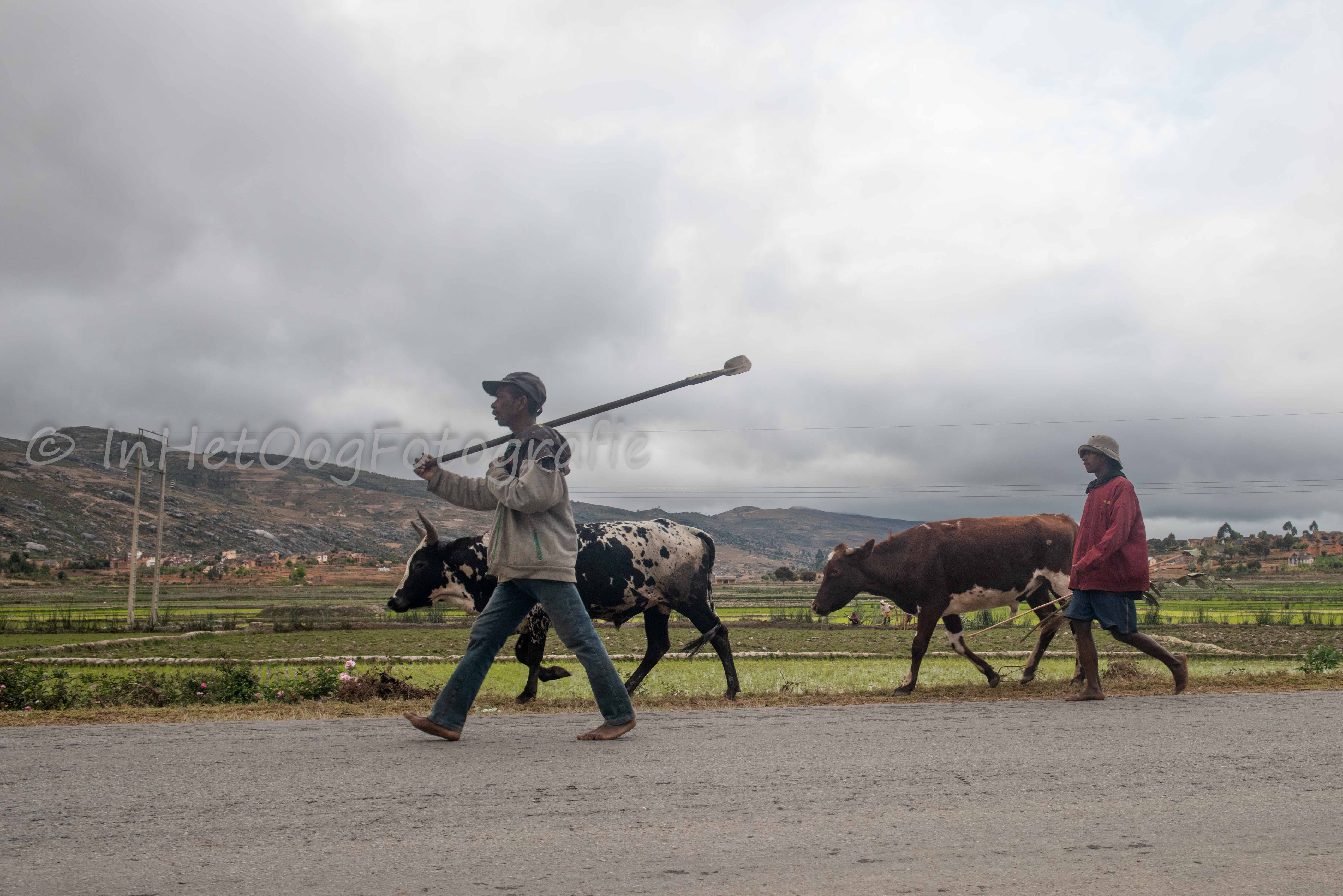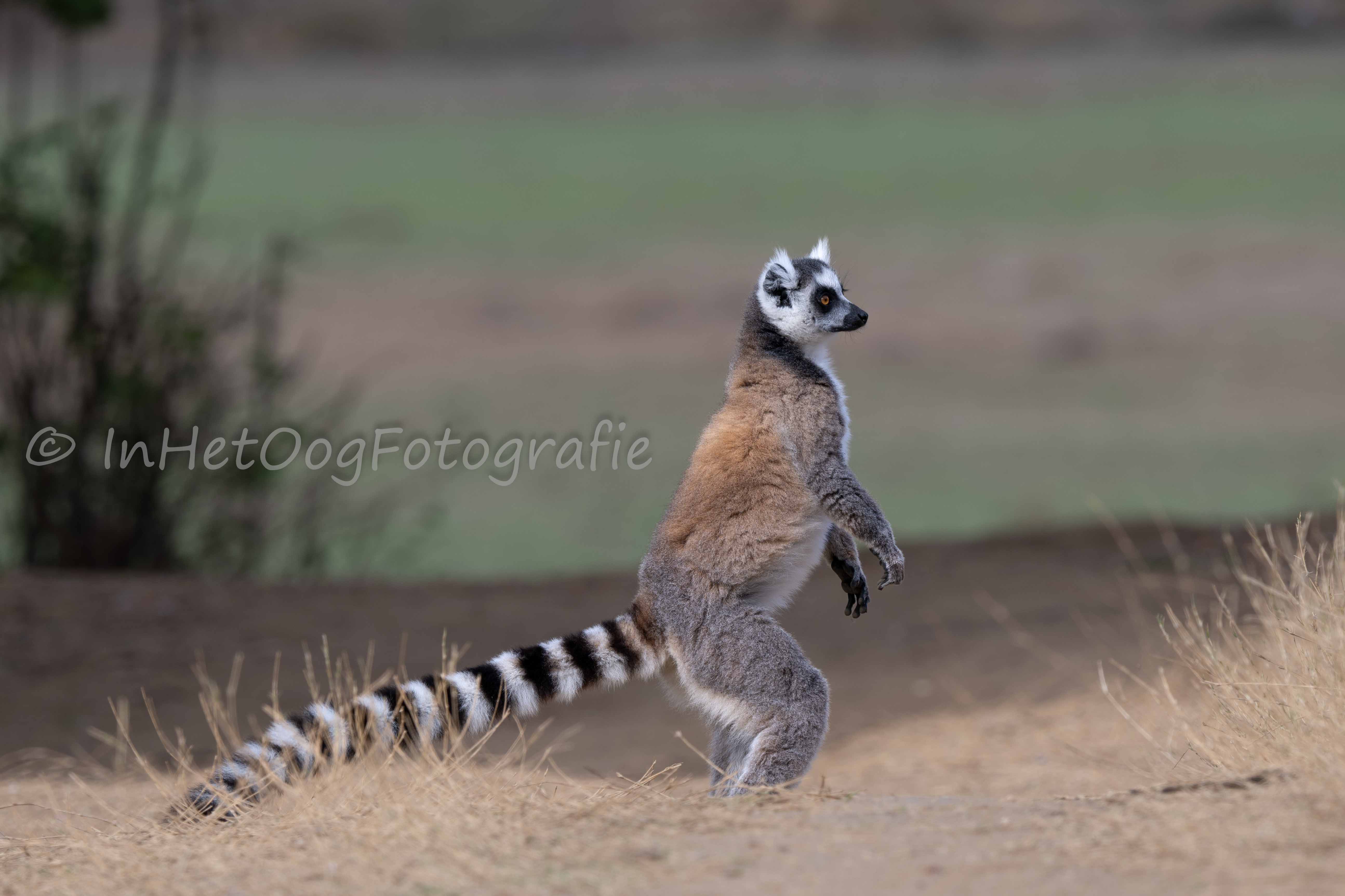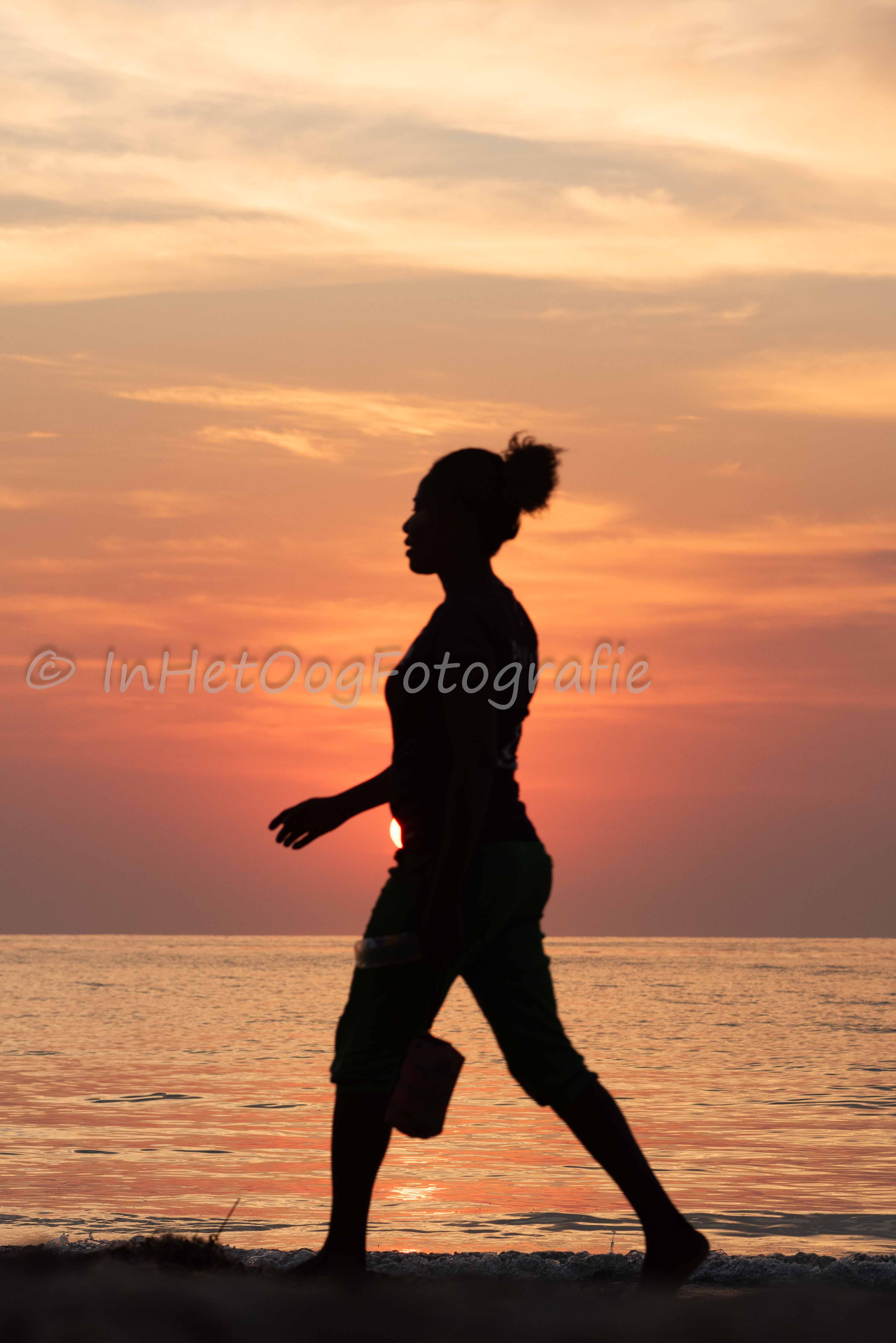
an eye for details
To order images Contact us
In September 2024 we, Felix and Riekje, went to Madagascar. We spent more than three weeks there with driver/guide Christian drove around the island and visited all kinds of parks and other sights. From the capital Antananarivo we went east to Andasibe, then again via Antananarivo on the RN7 to Antsirabe. From Antsirabe west to Morondava, Kirindy and Bekopake (Tsingy). Then back to Antsirabe and further south via the RN7, ultimately ending in Tulear/Ifaty. This page gives you access to the photos and videos we took during this road trip. Enjoy.
Andasibe The Perinet National Park is located in the village of Andasibe. The largest lemur, the Indri Indri, is found here. The Indri Indri is the only tailless lemur. In the morning its call can be heard from a distance of 2 km. At Andasibe there are other parks that are worth seeing, such as VOI (Vondron'olona Ifotony), Eulophiella, Maromihaza. In addition to the Indri Indri, the Diademed Sifaka, Gray Lemur and various varieties of brown lemurs can be found here. Of course reptiles, amphibians and insects. In Andasibe we had a very good guide who showed us all the beauty of the forest. A man with vision and a heart for nature. Highly recommended.
From Antsirabe to Morondava On the route from Antsirabe to Morondava you will encounter a varied landscape, with rice fields, terraces, mountains, rivers and lakes. Prospectors tackling rocks with steel pipes, and others just sifting the sludge. Women doing laundry in rivers etc.
Kirindy The Kirindy Forest is a dry, dense forest in the western part of Madagascar. This area is part of Menabe Antimena, an environment where lemurs and other species can be observed. It is also the only place in the world where you can encounter animals such as the Vositse (giant jumping rat) and the fossa (Cryptoprocta ferox), Madagascar's largest predator (endemic). During the dry season, many amphibians and reptiles are hibernating and therefore difficult to find. The Allée des baobabs (Avenue of the Baobabs) is also located within Menabe Antimena. In addition to the allee des baobabs, you will find areas with a high concentration of baobabs around here. You cross this area on your way to Tsingy de Bemaraha near Bekopaka. The road really is a challenge (2024).
Tsingy Tsingy de Bemaraha is a nature reserve that is included in the UNESCO World Heritage List. It is located near the town of Bekopaka. Part of the reserve is a karst landscape and limestone massif (tsingy) bordering the valley of the Manambolo River. The limestone rock has been strongly eroded in some places, creating sharp peaks. The rock formations used to lie below the sea surface, but have risen above the water due to tectonic activity. You will find various references (fossils) to this period in the rocks. Around Bekopaka there are two of these areas, the small Tsingy and the large Tsingy. Bekopaka can be reached from Morondava via a terribly bad road, including two rivers that need to be crossed by ferry.
Morondava Morondava is a fairly large city on the west coast of Madagascar. It actually consists of two parts, the city center with a lot of activity, an army of cyclo-pousse and pousse pousse, and all the shops, market stalls and institutions. Next to this busy part there is thepeninsula of Nosy Kely, where most hotels are. Morondava also has its own airport. The Allée des Baobabs is easily accessible from Morondava. The beach is elongated with fine sand. You will find many fishermen on the beach. The difference between high tide and low tide is quite large, so fishermen must take the tides in to account in terms of departure and arrival with there boats. If you want to capture the fishermen, you will have to keep an eye on the tides as well.
Ranomafana Ranomafana was a small village during the colonial period. There is a hot spring near the village. The French residents of Fianarantsoa and surrounding areas occasionally took a bath in one of the thermal springs. Because of this, and because of the park, the village has grown into a prosperous village by Malagasy standards. Many homes have electricity. Ranomafana means hot water in Malagasy. A national park has been created within the rainforest. Extremely rare lemurs live here which were only discovered around 1998 (golden bamboo lemur). At the park entrance there is Center Valbio, a scientific institute in the field of biodiversity. The center was founded and is led by the famous American primatologist Patricia Wright. There are 12 species of lemurs in this park, the only predator of Madagascar the Fossa, and many mongooses live here as well. There are more than 100 bird species, 30 of which are found exclusively in Ranomafana. Furthermore, 62 species of reptiles, several snakes and chameleon species, frogs, butterflies and other insects.
Ranomafana direction Tulear The route from Ranomafana to Tulear mostly runs through hilly areas with beautiful views of rice fields, beautiful villages, brick production, lakes, rivers, etc.
Ambalavao and Parc d'Anja Anja Community Reserve, or Parc d'Anja is a few minutes' drive from Ambalavao. The small park is located at the foot of a large cliff and consists of a freshwater lake and a forest area. Parc d'Anja is run by the local community, which protects nature and so provides the community with additional income. There are several groups of Ring-tailed Lemurs. The community grows trees that bear leaves that provide staple food for the ring-tailed lemurs. In this way they can expand the forest, making space for even more groups of ring-tailed lemurs. Of course, reptiles and birds can also be found here.
Isalo The Isalo National Park is one of the largest National Parks in Madagascar. It is also called the Colorado of Madagascar, because of the large mountain massif that makes up the park. Sandstone formations, deep gorges, caves and steep peaks. Several rivers flow through the canyons. Isalo National park is an important freshwater reservoir for southern Madagascar. A much-visited route runs through the Namaza gorge. At the end you arrive at two pools with waterfalls, the blue and the black pool. The Cascade des Nymphes is located in a branch of the gorge. The small village of Ranohira, on the RN7, is the gateway to the park. A number of Ranohira residents have been trained as guides for Isalo. They also provide lunches within the park. All well organized. This way they can have meaningful daytime activities during the tourist season that benefit the whole community. Groups of Verreaux's Sifakas live in the tree-lined part at the beginning of Isalo. They an move across the paths by jumping (dancing sifakas). A beautiful sight.
Ifaty Ifaty is a small fishing village that has grown into a tourist hotspot. There is always a lot of activity on the beach, women offer massages, fishermen leave the beach, all kinds of souvenirs are offered, snorkeling, diving and the famous Spiny Forest (Reniala). The Spiny Forest is an area with a high endemicity. 95% of all plant species in this region cannot be found anywhere else. The plants have adapted to the extreme drought. They have the ability to retain large amounts of moisture and have an extensive root system, small leaves (less evaporation) and large absorbent trunks and branches. There are also many endemic birds in the spiny forest. North of Ifaty is a fishing village, where fishermen from the region land their catch. Interesting to watch and record this process. Also note the painted faces of the women. They make a paste from the bark of the balsa tree and apply it to their faces as protection. The hull of the fishermen's boats is made of balsa wood. Balsa comes from a fast-growing deciduous tree (3 meters per year). This makes it a very light type of wood. We explored the area around Ifaty from Vovo Telo a beautiful accommodation right at the beach.
 Ifaty, laundry at a source on the beach
Ifaty, laundry at a source on the beach

